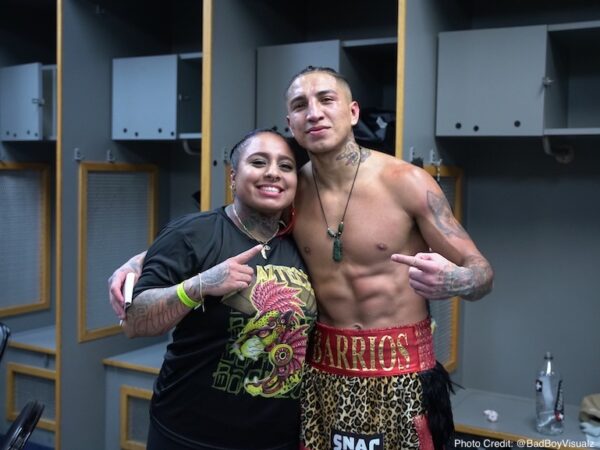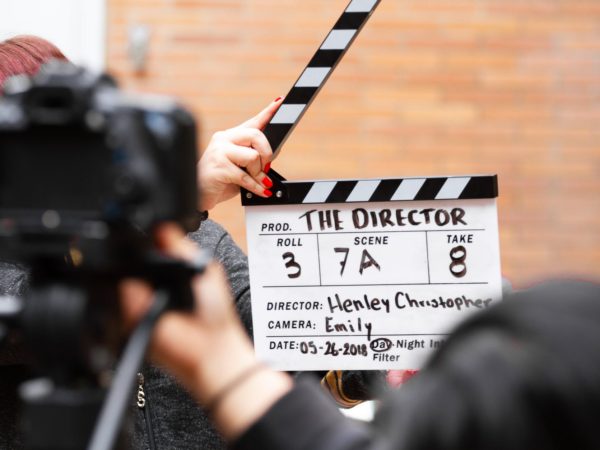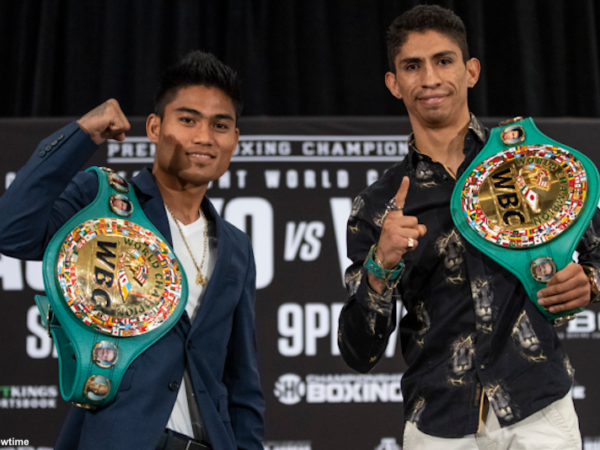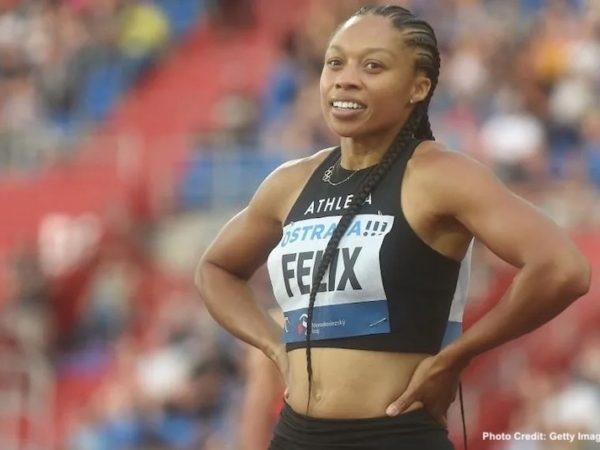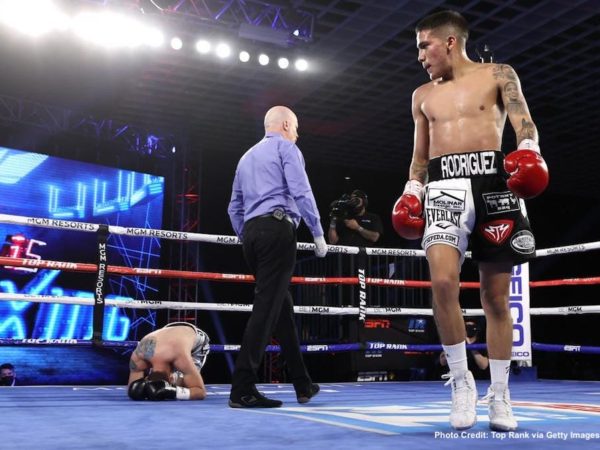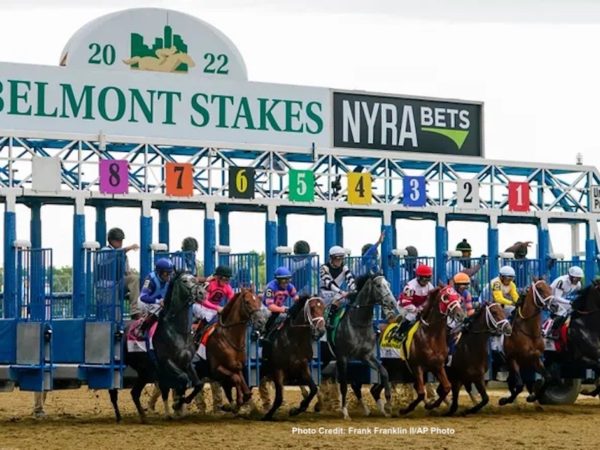On January 25, 1860, Charles Curtis was born. His father, Orren, was white, and his
mother, Ellen, was a quarter Kaw Indian. Her great grandfather was a Kaw Nation chief who
signed a treaty ceding Kaw tribal land to the United States. Because of that, the Kaw people left
behind their nomadic ways to become farmers.
Charles was left as a small child in the care of his father’s parents until 1865 when he
went to live with his mother’s parents on a Kaw reservation. It was here that little Charles began
riding ponies bareback. By the age of nine, he was riding in organized races and at the same
time going to school on the reservation. He also spoke two languages, Kanza and French, before
he ever learned English.
As a member of the Kaw tribe, he learned to shoot bows and arrows and had fun with his friends until a raid on the reservation sent him to live in Topeka, with his father’s parents. He was put in school there and eventually decided to become a jockey, since his grandfather William Curtis owned racehorses. William Curtis had even built a racetrack in northern Topeka. Charles spent his summers riding in races. Because of his heritage, he was called “The Indian Boy” and “Indian Charlie” and was given rides by other owners, including Charles Search, the owner of a speed horse named Tilden.
These races were known as “bush meets”. Bush riding made Charles about $50 a month plus ten percent of his winnings, which he would give to his grandparents. He rode in a lot of races regionally, but was looked down upon by the hot jockeys on the east coast circuit. He did, however, make money for the local gamblers who bet on him and his mounts. By the time he was 16, Charles was too heavy and tall to continue riding, so his career as a jockey ended. After high school, he studied law and was admitted to the bar at the age of 21.
He inherited land in Topeka that enabled him to build homes and eventually start his own
law firm as a criminal lawyer. He set his sights on politics, getting elected to the House of
Representatives in 1892, then the Senate in 1907. He was re-elected for two more terms before
Herbert Hoover took him on as his running mate.
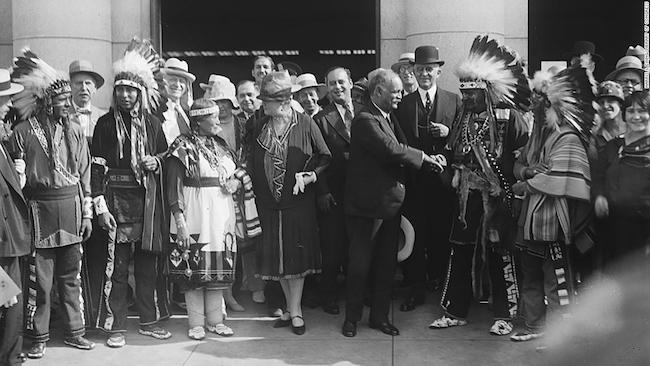
In March 1929, Charles was sworn in as the first Native American descent Vice President
and served in that role from 1929 to 1933. He made sure to decorate his office with items that
reflected his heritage. He continued to visit racetracks, only as a devoted fan. He sadly died of a
heart attack in 1936.
Charles Curtis not only rode from the racetrack to the second highest office in the land,
but he became the first person of color to hold the office of the Vice Presidency, a proud honor
for a young kid growing up on the reservation.



